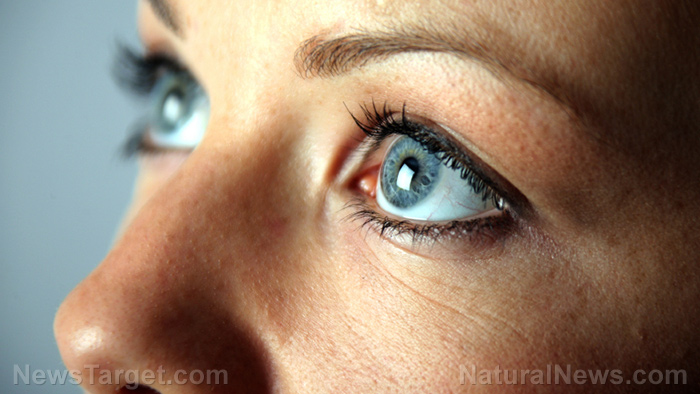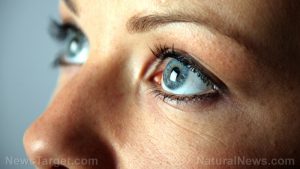
Macular hole – causes, side effects and treatments at NaturalPedia.com
Tuesday, May 08, 2018 by Janine Acero
http://www.naturalpedia.com/macular-hole-causes-side-effects-and-treatments-at-naturalpedia-com.html

A macular hole is a tear or discontinuity in the central portion of the retina called the macula, which is responsible for sharp central vision. The size of the hole and its location on the retina determine how much it affects eyesight. Generally, people notice a slight distortion or reduction in their vision.
A macular hole results in the loss of central vision and detailed fine vision.
It may be caused by trauma, degeneration, old age, preretinal macular fibrosis or pathological myopia. It appears as a round or oval, well defined, reddish spot at the macula.
A macular hole often occurs in one eye; it is very rare for someone to have macular holes in both eyes.
Other names for macular hole are macular cyst, retinal hole, retinal tear, or retinal perforation.

Known symptoms and risk factors for macular hole
Macular holes often begin gradually, causing a slight distortion or blurriness in the central vision.
The symptoms of a macular hole include:
- A decrease in the ability to see fine details of an object, no matter how close or far away it is.
- A change in vision that looks like the person may be looking through dense fog or thick, wavy glass.
- The appearance of a dark spot across the middle of the field of view.
These symptoms will affect only the eye with the macular hole. A macular hole in the second eye is very rare.
Body systems harmed by macular hole
Macular holes can also occur in other eye disorders, such as high myopia (nearsightedness), injury to the eye, retinal detachment, and (rarely) macular pucker.
Food items or nutrients that may prevent macular hole
Proper nutrition is critical for overall health, which includes your eyes. Here are the best food items and nutrients for eye health.
- Beef is rich in zinc, which is known to help delay age-related vision loss and macular degeneration.
- Citrus fruits such as lemons, oranges, grapefruits are excellent sources of vitamin C, which also fights age-related eye damage.
- Colored vegetables such as carrots are rich in vitamin A and beta-carotene, while sweet potatoes are abundant in vitamin E and beta-carotene.
- Eggs are excellent sources of lutein and zeaxanthin, which can reduce the risk of age-related vision loss.
- Drinking plenty of water can prevent dehydration, which may reduce the symptoms of dry eyes.
- Leafy greens such as spinach, kale, collard greens are rich in both lutein and zeaxanthin and are also good sources of vitamin C.
- Nuts and legumes such as walnuts, cashews, peanuts, lentils are rich in omega-3 fatty acids. Nuts also contain a high level of vitamin E, which help protect the eyes from age-related damage.
- Oily fish such as tuna, salmon, trout, mackerel, sardines, anchovies, herring were found to help reverse dry eye, including dry eye caused by spending too much time on a computer.
- Seeds such as chia seeds, flax seeds, and hemp seeds are also high in omega-3s and vitamin E.
Treatments, management plans for macular hole
A surgical procedure called vitrectomy is often used to close macular holes. Following surgery, patients must usually keep their faces down for two or three weeks. This position allows the hole to seal up.
Vitrectomy is about 90 percent effective in closing the hole, although improvement in people’s vision is more variable. More than half of those who have the surgery can expect an improvement of two lines or more on the vision chart.
Where to learn more
- Vitamin B-based treatment may permanently cure vision-robbing eye disease
- Carrots really do help you see in the dark; beta-carotene-rich foods help prevent a variety of eye ailments
- How to improve eye health
- Improve Your Eyes Naturally
- 12 Foods for Boosting your Eye Health
Summary
A macular hole is a tear in the central portion of the retina called the macula, resulting in the loss of central vision and detailed fine vision.
A macular hole may be caused by trauma, degeneration, old age, and other types of damage to the eyes.
A macular hole often occurs in one eye and rarely occurs in both eyes.
Sources include:
Tagged Under: Tags: Macular hole





